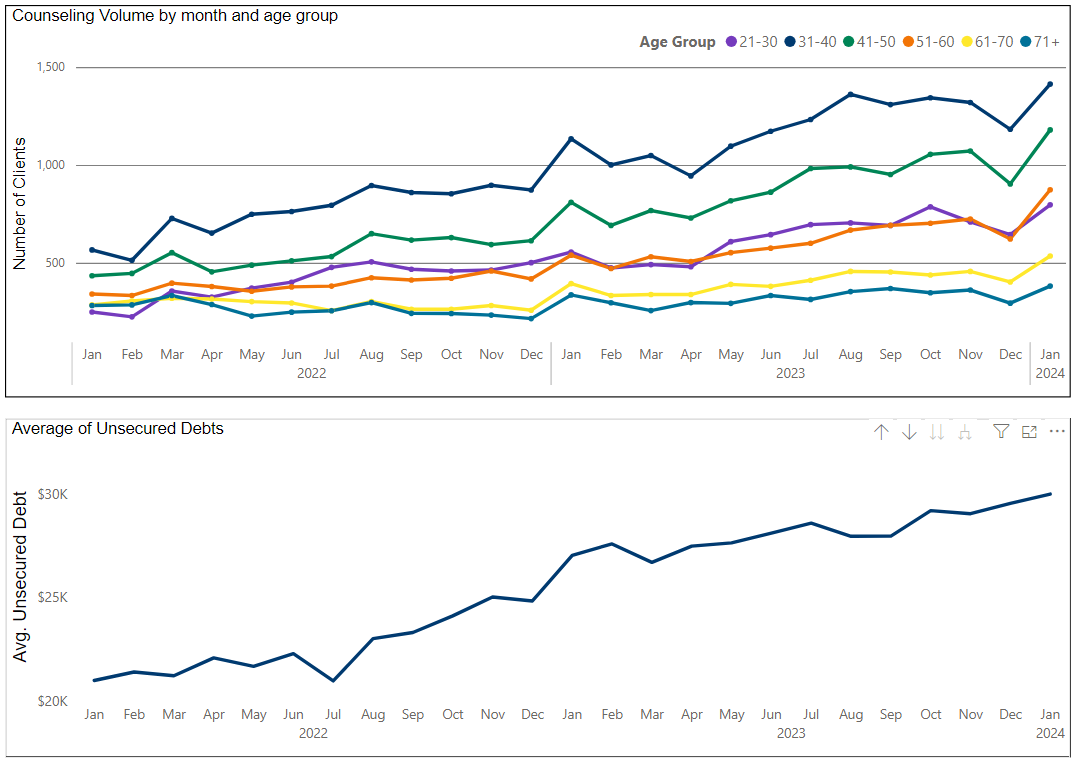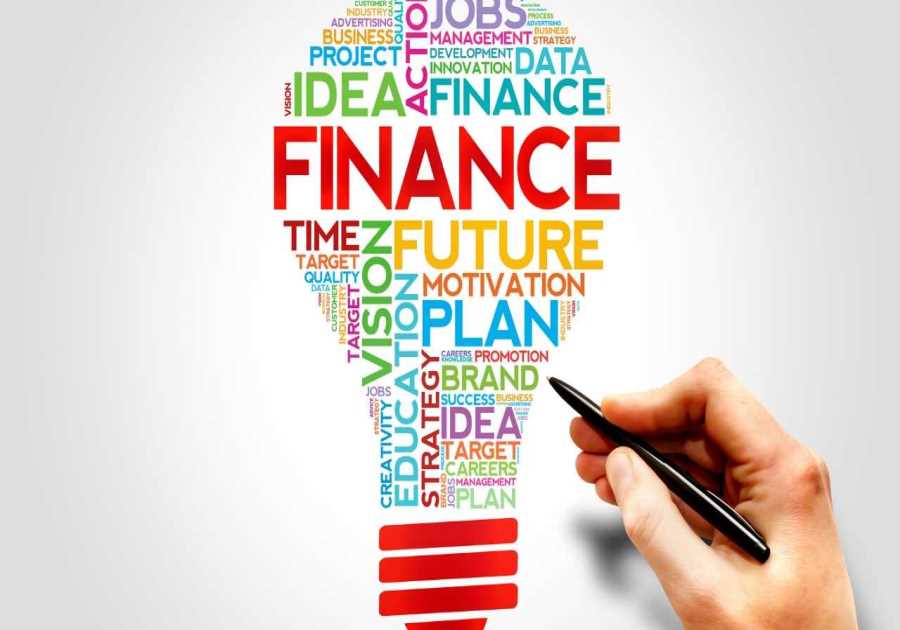
PetkoNinovDanov/Getty Images
- The credit card debt for young Americans has grown at a faster pace than other generations.
- More than one in three millennials and Gen Zers have a subprime credit score below 600
- There is little sign of relief in the coming months if interest rates stay high.
Americans are in the midst of a credit card crisis, and nobody is being hit harder than millennials and Gen Zers.
Since the Federal Reserve Bank started raising interest rates in 2022 to fight inflation, the credit card debt for millennials and Gen Z has increased at a higher rate than other generations, according to data published by Intuit Credit Karma on March 1. The study examined the anonymized credit scores of 41 million customers and anonymized credit card balances for about 80 million people in March 2022 and February 2024.
The average credit card balance for millennials — who are between the ages of 27 and 41 — has risen 62% since March 2022, with average outstanding balances growing from $2,000 to $3,300.
Meanwhile, the rate of increase has been slower for Gen Zers, who are between the ages of 18 and 26. However, their average credit card debt is more than twice that of millennials, growing 50% in two years, from $4,500 to $6,700.
"Those who are unable to manage credit responsibly could have a difficult time taking out other loan products down the line, like an auto loan or mortgage, which could hold them back from achieving key financial milestones like buying a home," Rich Franks, head of Lightbox, which helps people learn more about the types of credit they would be approved for, at Intuit Credit Karma, told Business Insider.
And the credit these consumers receive would likely come with higher interest rates and costs, making it harder for younger consumers to build wealth, Franks added.
Credit scores are falling for young Americans
The soaring credit card debt has coincided with falling credit scores for these younger groups of consumers.
In February, more than one in three millennials and Gen Z Americans had a subprime credit score — below 600, according to Intuit Credit Karma's data. The percentage of millennials with subprime scores grew from 28% to 34% since March 2022. The rate for Gen Zers grew from 25% to 33% in the same period.
"It's fairly normal for young people to borrow a lot during the early years of their careers, and we certainly see that happening right now with Gen Z and millennials," Franks told Business Insider. "However, we hope to see — and to some extent, are seeing — millennials shifting into the phase of their lives where they're saving and building wealth, though that's been difficult with sustained inflation, rising home prices, and high-interest rates."
Franks added that this could become a bad loop for the economy if young consumers curb their spending.
One of the issues facing younger Americans is that they use credit cards more often than older generations.
According to a study commissioned by Forbes Advisor and conducted by market research company OnePoll published in February, 36% of millennials and 30% of Gen Zers reported using a credit card at least once a day. No other generation was above 20%. Additionally, 34% of millennials reported missing a credit card payment in the previous 12 months, the most for any group. The rate for all ages combined was 22%.
There are growing concerns that the Federal Reserve Bank won't start cutting interest rates in the coming months and will instead choose to keep them higher for longer. If that happens, credit card debt will likely keep growing, and credit scores for young Americans could keep dropping.
Americans in their 30s are far more likely to seek credit counseling than other age groups.

Money Management International
Franks noted that whether young Americans seek help or do it themselves, the most important step is to know everything about their finances.
"Whether working with a certified professional, using an online app, or doing it yourself, the best way to get started is to know where you stand," Franks said. "From there, you can make a plan for how you want to allocate your money to achieve your financial goals."
Read More
By: [email protected] (Cork Gaines)
Title: The credit card crisis is worse for millennials and Gen Zers
Sourced From: www.businessinsider.com/credit-card-debt-crisis-subprime-credit-scores-millennials-gen-z-2024-3
Published Date: Sat, 09 Mar 2024 11:33:01 +0000
.png)





